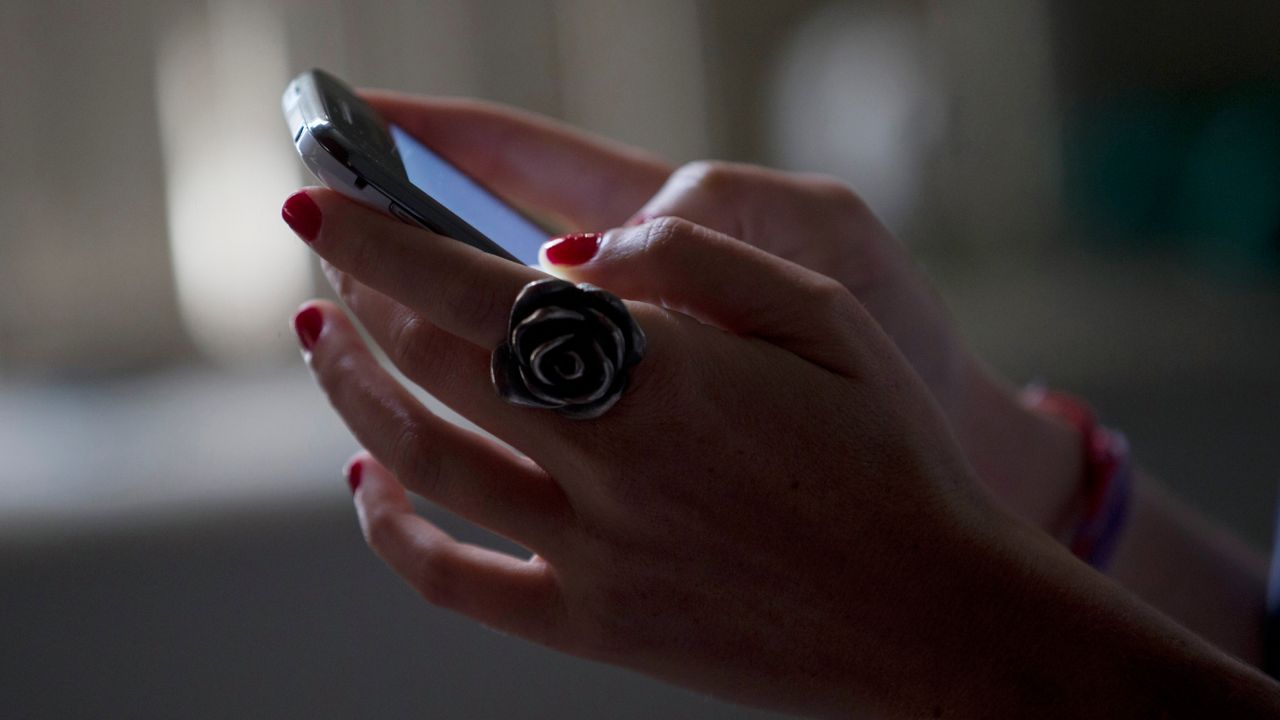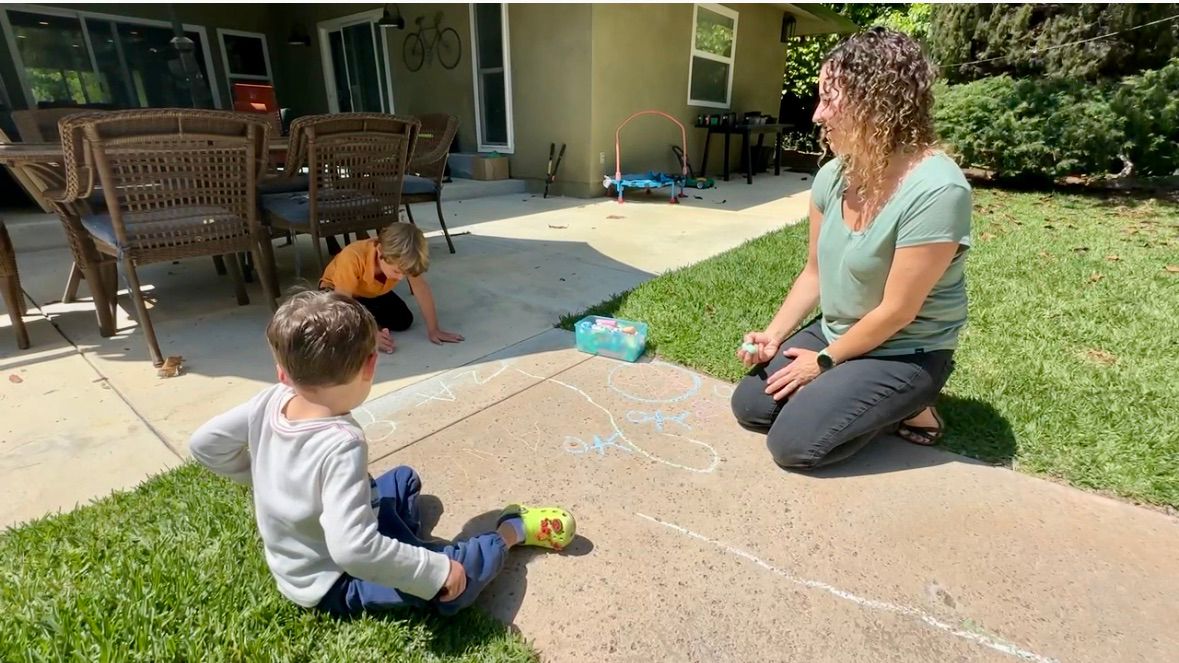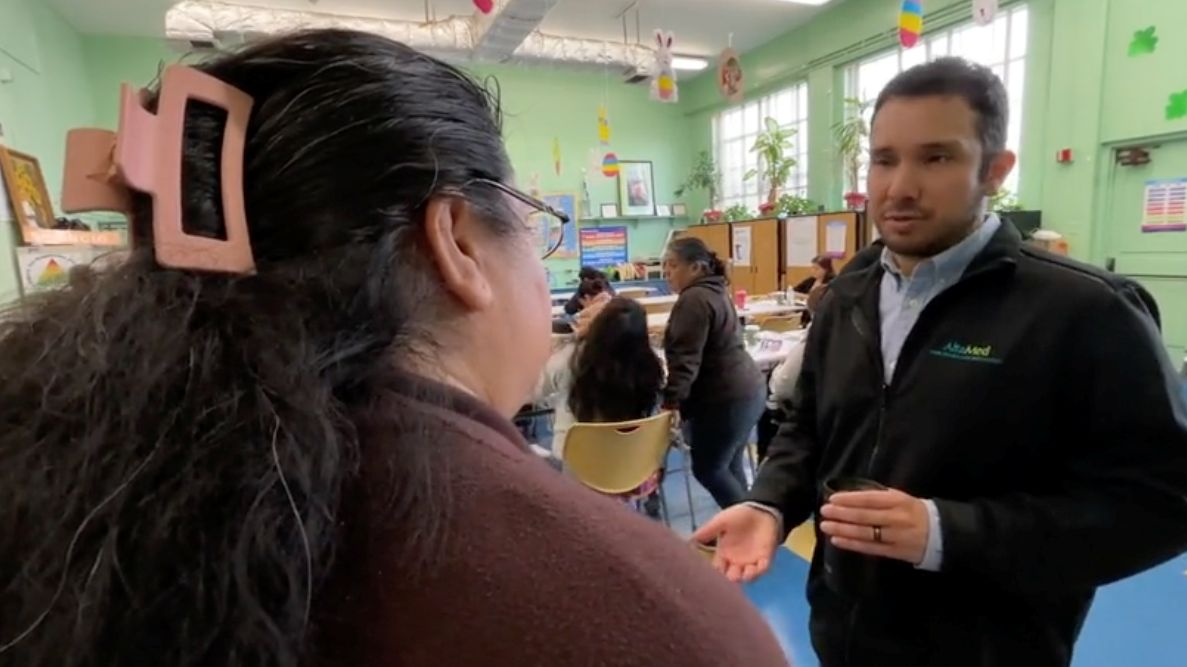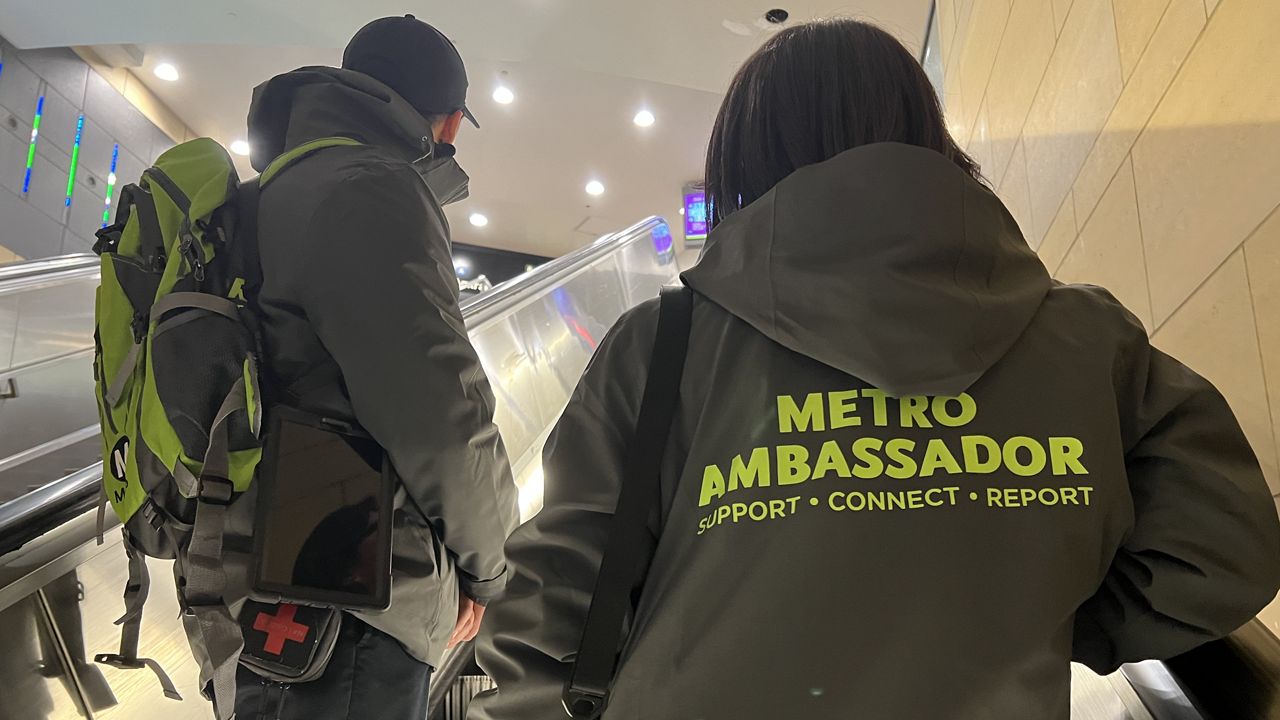LOS ANGELES — It’s been almost a year since the 988 mental health services hotline launched nationally as an easy-to-remember, easier-to-use version of the longstanding National Suicide Prevention Lifeline. And if California is any indication, it appears to be a success.
The number of calls, texts and chats through the 988 system in California were up 28% in May compared with a year earlier, before the new hotline had launched, according to Didi Hirsch Mental Health Services in LA, which has led 988’s implementation in the state. California has experienced the highest volume of contacts through the new 988 system — almost twice as many as New York, which ranked second.
“It took a long time for people to become familiar with 911, but we’re up and running fast when it comes to 988,” Didi Hirsch 988 Network Program Director Matt Taylor said Tuesday during a briefing about the program almost a year after its launch.
Rolled out nationally July 16, 2022, as a free, 24/7 hotline for anyone who is suicidal or experiencing a mental health or substance use-related crisis, the 988 lifeline was created as a result of the National Suicide Hotline Designation Act Congress passed in 2020 to create a new suicide and crisis hotline accessible with the three-digit code 988. The purpose of 988 was to improve access to crisis services addressing suicide and mental health care and to cut down on the number of such calls to 911.
“988 works,” Taylor said. “It is person centered. It is straightforward. It is based on the least invasive, least restrictive needs, and we know a dramatically high percentage of those individuals who reach out to 988 have their crisis de-escalated and resolved.”
Between July 16, 2022, and May 2023, California’s 12 crisis centers responded to 280,637 contacts through 988. Of those, 98% required no intervention; 74% of contacts at medium to high risk for suicide reported a reduction in suicidal intent.
The 988 system works by connecting callers with the same trained crisis counselors as the National Suicide Prevention Lifeline that had existed since 2005. The LA County Department of Mental Health says people calling 988 can expect to be connected to a counselor within 30 seconds. Calls that are not answered in a timely manner are transferred to a backup Lifeline call center.
While the National Suicide Prevention Lifeline had operated as a telephone hotline only, 988 is also accessible through chat and text, which has been a major contributor to the increase in total contacts through the California system this past year.
“People are really hungry and ready to use this service, particularly younger people with text,” Taylor said, adding that the text function was especially popular with people under the age of 24.
Suicide is currently the second leading cause of death for people between the ages of 10 and 34, according to the U.S. Centers for Disease Control and Prevention.
California’s 988 system is funded through a combination of federal grants, state funds and county and local monies. At launch, the Biden-Harris Administration contributed $14 million to the state from $432 million in national 988 funding. The state provided $20 million for its first year and has allocated $19 million for 2023-2024 and $12.5 million for 2024-2025 to support staffing and operations at the 12 crisis lifeline centers in California that handle 988 contacts. Nationally, there are about 220 crisis lifeline centers.
California is currently piloting a system with the Los Angeles Police Department to directly transfer 911 callers who may be better served by 988 as part of a multi-pronged approach to improving crisis care response.
In August, the California Health and Human Services Agency will begin developing a five-year implementation plan to investigate how the state can “can realize a full crisis-care continuum from preventing crisis to responding to crisis and stabilizing crisis and providing ongoing care,” California Health and Human Services Agency Deputy Secretary Stephanie Welch said.
The state hopes to expand with mobile crisis response teams and crisis stabilization centers as well as specialty help lines for different types of people. Already, the 988 system has specialized lines for veterans and individuals who identify as LGBTQ+.










